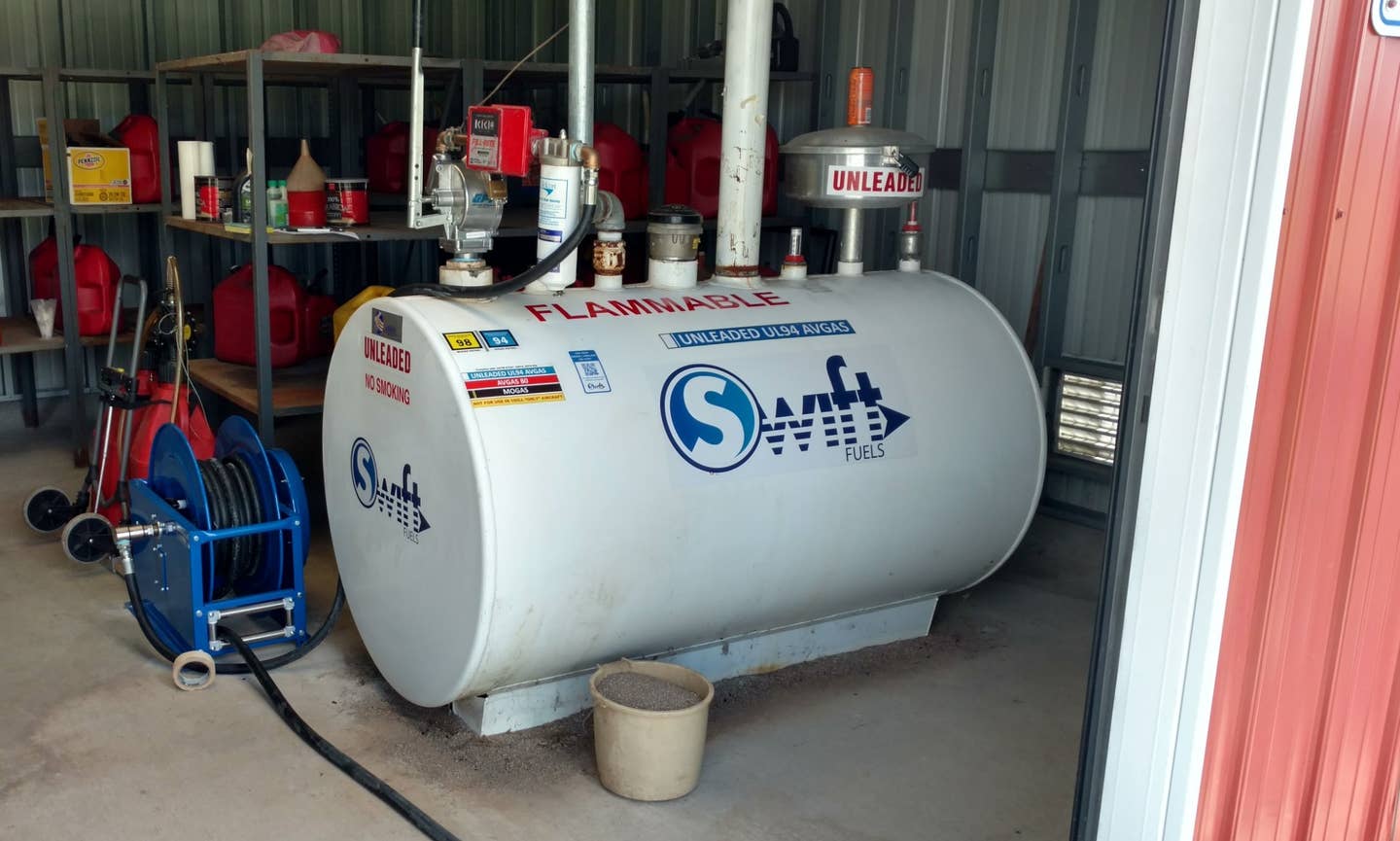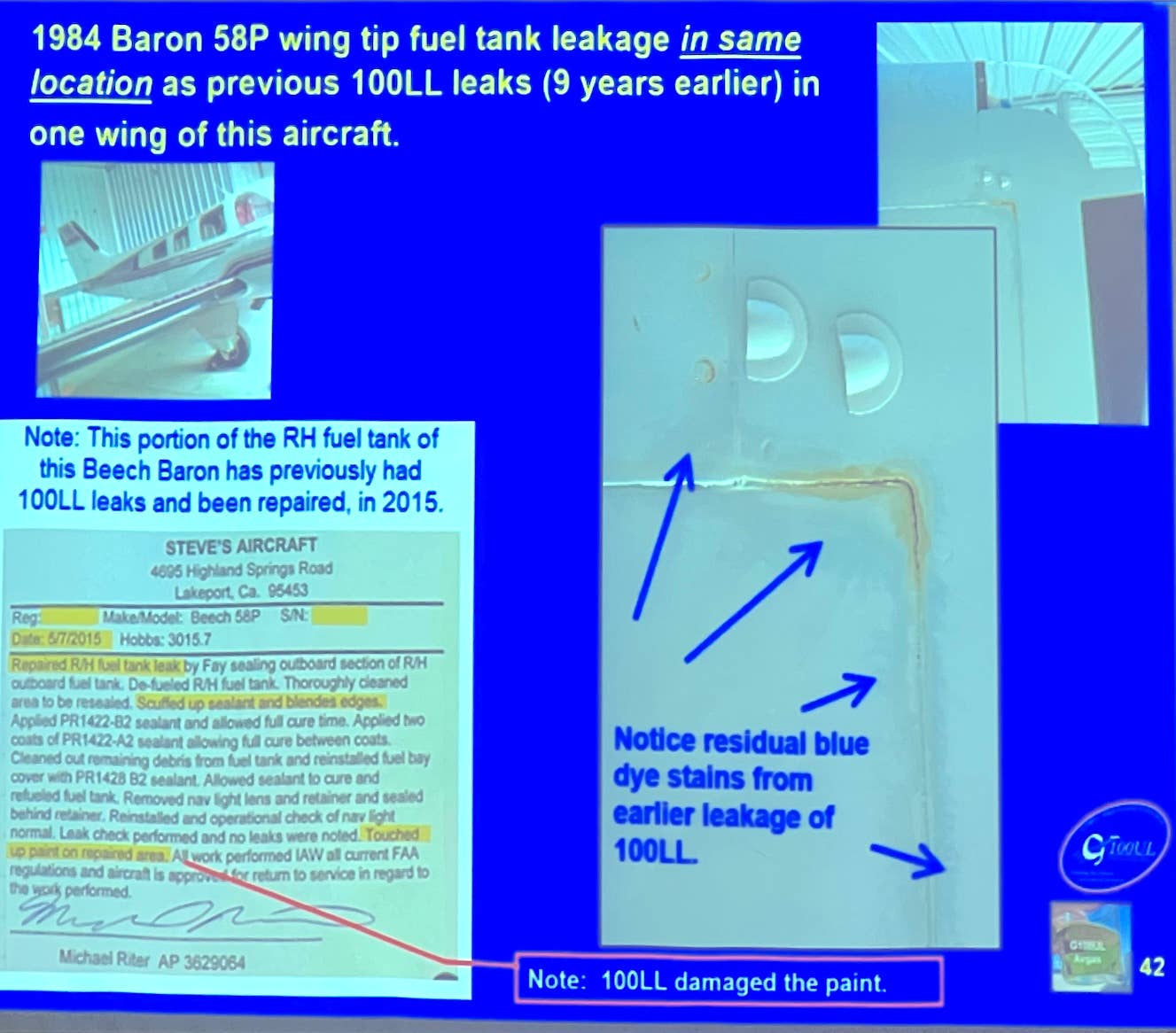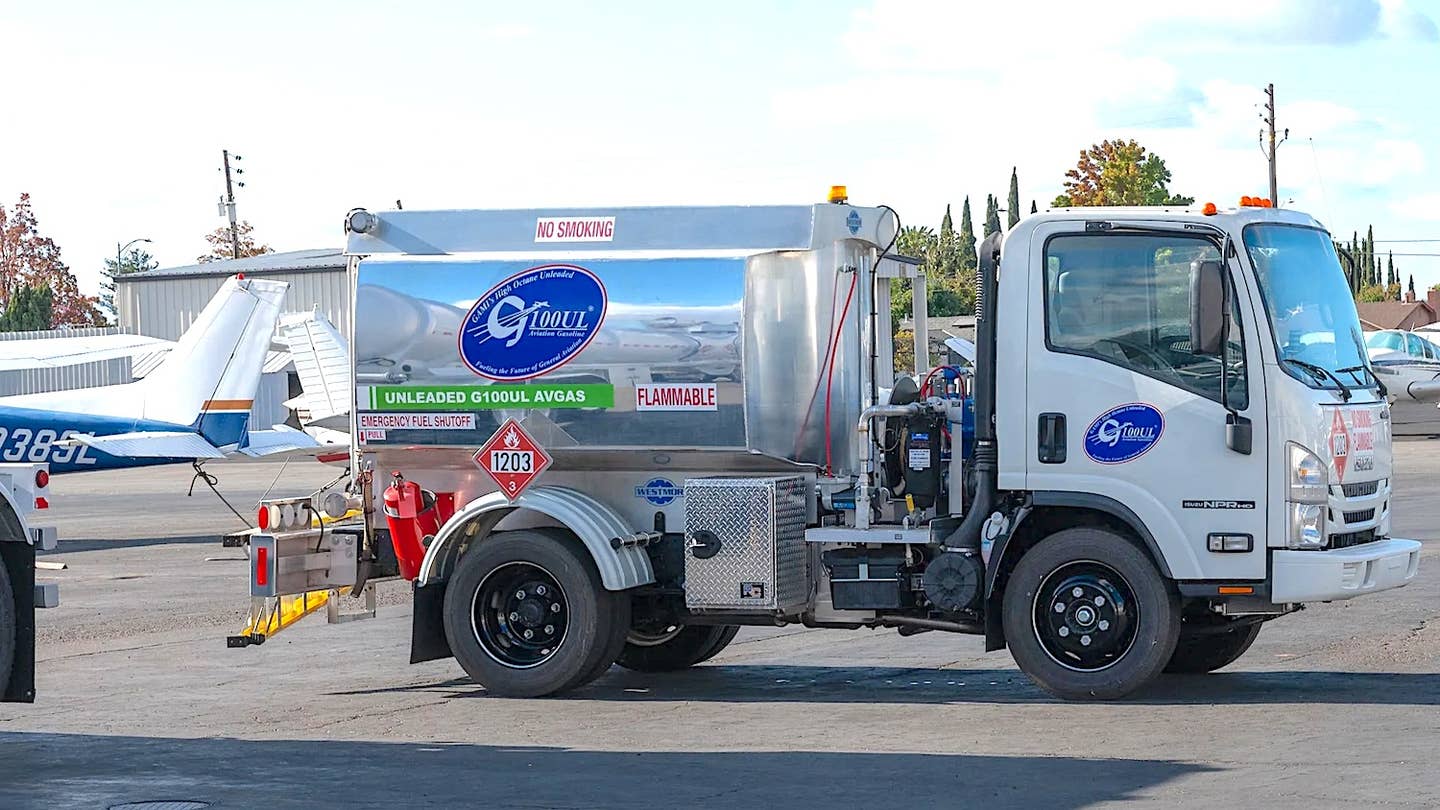Ragwing Repair Choices
Each system has its pros and cons, but our top pick is Poly Fiber. However, the shop’s skills may matter more than the material itself.
The emerging Light Sport Aircraft market has ignited new interest in airplanes at the $100,000 price point and below. Most of these airplanes are composites, but buyers not interested in spending that much are looking hard at older LSA-compliant taildraggers -- Cubs and Champs, for instance. That means renewed interest in a technology as old as aviation itself: fabric covering.So let's say you've found your dream ragwing and you want to buy it and fly it. You probably know all about aluminum spam cans, but what about that fabric covering? Cloth is World War I stuff, isn't it? Should you even consider buying a fabric-covered airplane and, if so, how do you assess the condition of the skin or anticipate problems you'll have to pay for later? You need to know what to look for in evaluating a fabric-covered airplane, what it takes to fix problems and the choices available when deciding on a complete recover job. In this article, we'll address those very questions.
Wayback Machines
Beginning with da Vinci's gliders, fabric has covered our flying machines. In the early days, cotton or linen was sewn to the airframe, shrunk somewhat with water, then painted with a cellulose-based coating called dope to further tighten and protect the porous fabric. That protection wasn't complete, however, as organic fabrics are subject to rot from fungi that eat the fiber. Nitrate dope was initially used, but its disadvantage was that it burned ferociously when ignited. An early cover job might last for only a handful of years, if it didn't catch fire first.During World War II, butyrate dope -- sometimes referred to as CAB for cellulose acetate butyrate -- was found to be less flammable, so it replaced nitrate and continued to be used over cotton and linen for years. But fungus could still be a problem. The typical lifespan of a butyrate-dope covering was seven to 15 years, although a few well-preserved airplanes still carry their decades-old cotton/dope skins. A friend of mine has a 48-year-old Tri-Pacer wearing its original cotton fuselage fabric. (It's scheduled for recover this year.)In the 1950s, heat-shrinkable polyester fabrics were introduced, reducing the time required for installation because the fabric could be glued rather than sewn to the airplane. Other than the rare museum restoration that uses organic fiber for authenticity, polyester fabrics are used almost exclusively these days. Polyester is stronger than natural fiber, easier to work with and not susceptible to fungal rot, although sunlight will deteriorate the unprotected fiber.A small problem is that butyrate won't stick to the slick synthetic fibers, so the old nitrate dope is used for the first coat, then butyrate is applied thereafter. Increasingly though, more modern vinyl- and polyester-based coating systems are replacing traditional dope. But with any of the systems available today, a properly executed cover job should last 30 years or more.
Buy or Not?
Should you be afraid of a fabric-covered airplane? Not necessarily. In fact, in many cases, the airframe of a fabric airplane is in better shape than its metal-skinned contemporaries. Most older fabric airplanes have been re-skinned at some time in their past, along with inspection and refurbishing of the inner workings at the same time. When was the last time you heard of someone pulling the skins off an aluminum-covered airplane to see what's underneath?An added benefit: Fabric skin isn't structural. If a bear bites a hole in your metal moose-hauler, you may not get home, but a few claw marks won't weaken the structure of your rag wing. In fact, many airplanes (notably the Stinson 108 series) underwent "metalizing" about 40 years ago, back when a fabric recover job was viewed as temporary. Today, with the advent of better materials and coatings, many of those same airplanes are being "de-metalized" and returned to their original, lighter, fabric coverings. There's a reason why many hard-working bush airplanes and ag aircraft have fabric coverings, which are tough, durable and easy to repair.
Repairs
But nobody alive knows how to repair these old crates, right? Truth is, fabric-covered airplanes are more numerous than ever -- more than 34,000 are registered with the FAA, a number that grows daily. Some 3000 airplanes are recovered each year, so there are plenty of shops practicing this dying art that isn't dying at all.As with anything in aviation, money may be the deciding factor in whether to purchase a new or older ragwing. Are you looking at a brand-new Husky or Top Cub? Expect to pay $130,000 to $200,000 and enjoy a flawless, I-can't-believe-that's-fabric finish. Is your budget geared more toward a 60-year-old Champ or Tri-Pacer? It's possible to get in the air for $15,000, but you'll probably have existing patches, cracks in the finish and the prospect of a recover.How can you judge an airplane by its cover? First, determine the type of fabric. Most airplanes covered in the past 30 or 40 years will have a polyester fabric coated with various finishes. There were some holdouts who used cotton or linen until supplies became almost nonexistent, but polyester (commonly known by the names Dacron, Ceconite, or Stits) is the material of choice today. If you want to buy an airplane wearing outdated cotton or linen, assume it will need a complete recover job along with repairs to the structure hiding under that old skin. Price it accordingly.How do you know what's hiding under that pretty paint? If the fabric is not factory original, the airframe logbook entries are the first place to look, although many lack detail. It's nice to open a logbook and find an entry like this: "Recovered complete airframe with Ceconite 101 fabric, one brush coat and two spray coats of Randolph Rand-O-Proof, four spray coats of clear CAB dope, three spray coats of silver CAB dope, four spray coats of colored CAB dope, Insignia White."More likely the logbook will read something like, "Recovered aircraft this date, see 337." Your hike down the paper trail begins. If any major component of an airplane is stripped and recovered, or any fabric repair is larger than 16 inches, it's considered a major repair and requires the filing of an FAA Form 337 with the FAA. If that form is not included with the rest of the airplane's paperwork, you need to know about the greatest bargain in FAA land: The $10 disk. Go to this FAA Web page to request a CD-ROM containing a picture of every record filed for that airplane; registration forms, airworthiness forms and every Form 337 ever sent in to Oklahoma City. With that information, you can determine what process was used to cover the airplane and what materials were used for repair.If no Form 337 was filed or it doesn't go into much detail, each system has a color code in its base coat, so an experienced fabric guru can take a look inside a wing or fuselage and discern one system from another. That's handy to know, but if there's no Form 337 for a recover job, it's indicative of sloppy maintenance practices and you need to have a talk with an A&P before proceeding. The airplane is technically not airworthy and you have some paperwork issues to clear up before you take ownership.After determining that the fabric is a modern polyester, take a look at the coatings. First, understand that sunlight is polyester fabric's worst enemy and exposure to UV rays must be avoided. Left outdoors in the sun, unprotected polyester fabric will lose about 75 percent of its strength within a year. I have poked a finger through five-year-old fabric that looked great, but didn't have enough UV barrier.This next part gets tricky. With dope, Poly Fiber or Stewart systems (see "Recovering Systems," above right), the UV barrier is a physical one: It's powdered aluminum or carbon mixed with some of the coatings, which forms a light-proof barrier against sunlight penetration. If you look inside the wings or fuselage, it should be dark as a cave. If you can see light, so can the fabric.By contrast, the all-polyurethane systems (Superflight, Air-Tech) put UV barriers in the coatings that block the bad rays yet let some light through, so the fabric sees light but not UV. Know which system you're inspecting and what to expect. The airplane with my finger holes in it lived outside in Colorado, whereas most airplanes spend most of their lives in dark hangars. It's fabric and it's paint ... this ain't rocket surgery.A 20-year-old finish is bound to have some blemishes. A few cracks in the paint will be evident, usually at a sharp radius or someplace that gets a lot of wear, such as a door or lift/push handle. If you can see fabric through cracks in the paint, plan to repair those areas to preserve the fiber. It's not hard to dab on a bit of dope with a brush -- you can sand it smooth and spray it pretty if you need a higher level of aesthetics. The tops of wings get the most sun, rain and other abuse so look there for lifting finishing tapes -- the two-inch-wide strips of fabric that cover ribs -- nicks and rips near fuel caps and around the wingtips. These seem to attract hangar rash. Sticks and rocks can damage fuselage and tail undersides. A few repairs on an older airplane are common -- that's one of the beauties of fabric. A ding or tear may require a bit of glue, a fabric patch and some paint, whereas aluminum damage means riveting in a replacement piece. Did you bang up a wingtip or tear up a tail? Cut away the fabric, repair the damage underneath and splice in a new piece of skin.A five-year-old cover should be in almost new shape, other than minor repairs. On older skin, you might find "ringworm," a spiral crack in the paint that has nothing to do with worms or fungus. It's caused by hail or some other impact and is indicative of brittle paint. The cracks usually expose the fabric to the elements. Dab on some paint and fly. Porcelain-like cracks in old dope and Poly-Tone can be rejuvenated by spraying solvents containing plasticizers that soften the topcoat and melt the hairline cracks together, followed by a new topcoat.On the other hand, if large chunks of the coating are peeling off right down to the fabric, there's a problem with adhesion of the base coat and the work and expense required to repair it rivals a complete recover job.
Punches in the Green
Paint is mostly cosmetic, so the real concern is how strong the fabric itself is underneath that paint. The seller says, "Don't worry, it comes with a fresh annual, a new paint job and the fabric punches in the green!" He's referring to the mysterious Maule Tester, a good tool in the right hands, but one of the most misunderstood in the box. It's a device that looks like a stick-type tire gauge, where a spring-loaded tip is pushed against the fabric. If the scale reaches some magic value without punching through the skin, your airplane passes the test. One problem: The FAA doesn't recognize this test. Their official position is that it can be used "at the discretion of the mechanic to base an opinion on the general fabric condition" (AC 43.13-1B, para 2-34). A second problem is that, to be accurate, the tip must be pressed against bare fabric, otherwise you're testing the punch strength of the paint. Another variable is the discretion involved. Is it your mechanic or the seller's mechanic? A push on the top of the wing might yield a hole, but the bottom of the wing has never seen sun and tests fine. Strong, fresh paint can mask weak fabric.The test the FAA does recognize is to cut a one-inch wide strip of fabric off your airplane, take off all the coatings, and hang 56 pounds on it to see if it breaks. Time for a reality dose: Nobody cuts up their airplane to do this test. My friend with the old Tri-Pacer was told six years ago by one IA that the fabric wouldn't pass inspection. Another IA with a Maule Tester and better judgment has allowed a perfectly safe airplane to continue flying.In real life, the mechanic looks for rips, lifting tapes and poor glue joints, checks the coatings for obvious cracks and missing chunks that would let UV in, peers inside to see if light passes through and checks paint flexibility by pushing with a knuckle -- the same things you'll do when you inspect your potential purchase.Bottom line: You will see some cracks and there will have been some repairs. If polyester fabric is protected from the sun, it should last many years. Pretty is nice, but airworthiness isn't based on aesthetics. Look at the total airplane, not just the surface paint. Not all shops are equipped to handle repairs, but it isn't witchcraft -- most mechanics have simply never dealt with it.Minor repairs are allowed to be owner-performed and can save you money if you learn some simple techniques. Fabric airplanes are old, modern, beautiful, durable and not nearly as mysterious as their reputation would suggest. It's a proven technology that's enjoying a resurgence in the light-airplane market. So don't shy away from a ragwing.
More aircraft repair and prevention articles are available in AVweb's Maintenance Index. And for monthly articles and reviews of aviation products and services, subscribe to AVweb's sister publication, Aviation Consumer magazine.






